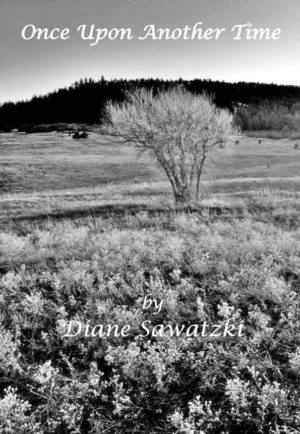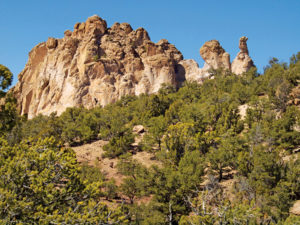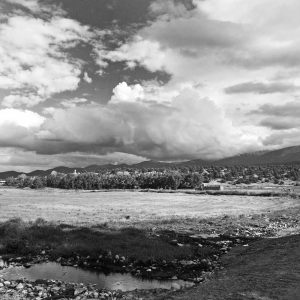By John Mattingly
I don’t dislike dogs. But this doesn’t mean I would run a mile to divert a dog from jumping off a cliff, nor would I go out of my way to be mean. I appreciate that dogs have become a treasured mammal among many humans – sometimes to the exclusion of all rationality – which prompts the proposition that many dog lovers have both rosy glasses and selective amnesia about the nature of dogs, and that they tend to ignore a few of the savory historical facts about canines.
As to the true nature of dogs: Dogs are perceived as a predator by all species on the planet, with the exception of rabid dog lovers. Unleashed, a dog’s natural inclination is to chase anything that moves and to kill it. To walk a dog is to impose a message of impending danger throughout the walkabout. Even dogs who, according to their masters, will “only lick you to death” are actually trying to lick you to death.
Difficult as it is to imagine, all domestic dogs, from Great Danes to pugs, trace their genetic heritage to the wolf. We know from archeological findings, and from the thorough genetic proxy work done by purebred dog breeders, that about 20,000 years ago some wolves began to hang around human campsites, foraging for garbage and leftovers. Curiosity led some wolves and some humans to form a bond. The wolves provided services to humans, such as barking alerts, herding of game and stock, companionship and amusement.
The human-inclined wolves also provided their human associates with a sense of dominion over a creature in an otherwise dangerous and uncontrolled sphere of wily and dangerous megafauna. Wolves who entered into the co-human survival strategy had to restrain some of their predatory inclinations in order to parasitize the good will of humans with skills and tricks in exchange for food, shelter and protection. Today, the wolves who parasitized humans number in the tens of millions, while the wolves who remained in the wild number in the thousands.
There can be little argument that the wolves who domesticated humans made the more robust choice. On the other hand, it cannot be ignored that, on occasion and over time, humans exercised their dominion over dogs by eating them. When the yield from hunting fell below necessity, there were always a few dogs around the camp to make a meal. Dog meat had the advantage of being a tidy meal of fresh meat, whereas a mastodon or a giant sloth required maintenance to avoid spoilage and deterrence to avoid attracting other predators. There is abundant evidence in the archeological record to indicate that a specialty of certain tribal celebrations required roasting a litter of puppies.
[InContentAdTwo]
Consumption of dog is not limited to hunter-gatherer days. All through the Middle Ages in Europe, dogs were a staple of the food supply when other sources were scarce. During the Renaissance, heads of state often served dog as an impressive delicacy, or when other fresh meat was not available.
When Lewis and Clark set out to explore the Louisiana Purchase for President Jefferson, they ate buffalo until they reached the Pacific watershed, where the total absence of bison forced them to eat salmon. By the time the expedition reached the Pacific, they were so sick of salmon that they turned to the local staple, elk, but the humid climate caused the meat to go bad quickly, so members of the expedition began to trade aggressively for dogs. During the expeditions’s return to St. Louis, dog was the preferred meat until the party reached buffalo country, and the tribes along the way were often surprised and curious about the white man’s affection for dog meat.
There is a written account of a meeting between Lewis and a young brave in one of the fishing villages along the lower Columbia River. The brave threw a puppy at Lewis in jest, knocking Lewis to the ground and provoking a rise from Lewis that nearly ended the brave’s life.
More recently, it is fairly common knowledge that Basque sheep herders who, tiring of eating lamb every day, will roast a stray dog for variety. On Cotton Creek Ranch, we had a large red dog wander onto the place who survived for a while on the ranch by eating table scraps and the grease-soaked charcoal briquettes from our cookouts. One day the dog disappeared and we didn’t think much of it. Some days later, I ran into Severo, our Basque herder. I asked him if he’d seen the big red dog.
“Yes, I have seen,” Severo said with a smile. “Red dog is good.”
“Hmm. Where do you think he might be?”
“I ate him.”
I’m not suggesting that this incident drew our approval, nor do I mean to downplay the extent to which we were shocked. Nevertheless, the incident set me on a path to perspective regarding dogs, not only with respect to cultural preferences for the meat, but also the practical nature of dog meat – fresh, and approximately the size of a single meal for a family – when compared to larger mammals whose meat requires diligent treatment and storage.
John Mattingly cultivates prose, among other things, and was most recently seen near Poncha Springs.



